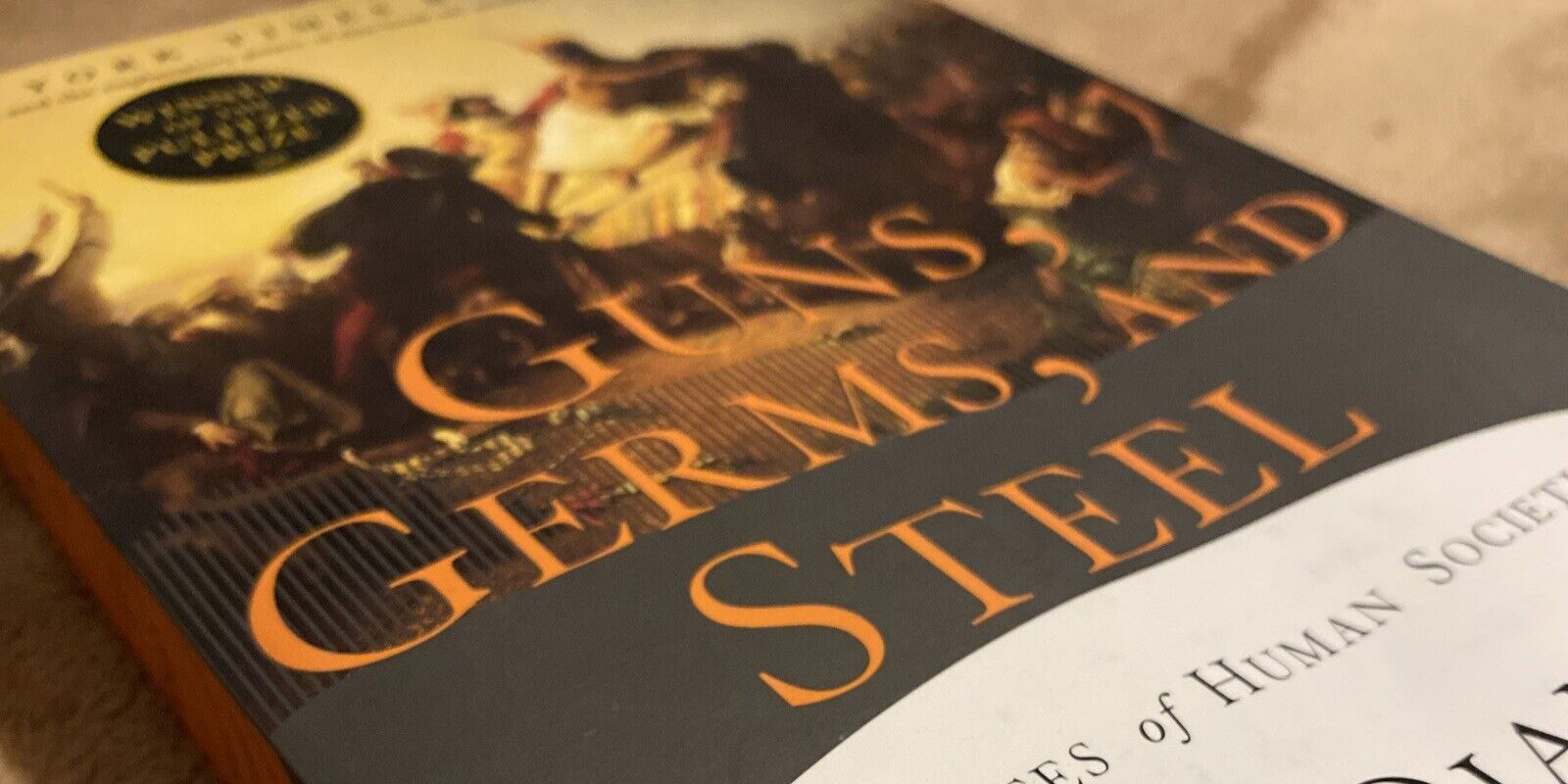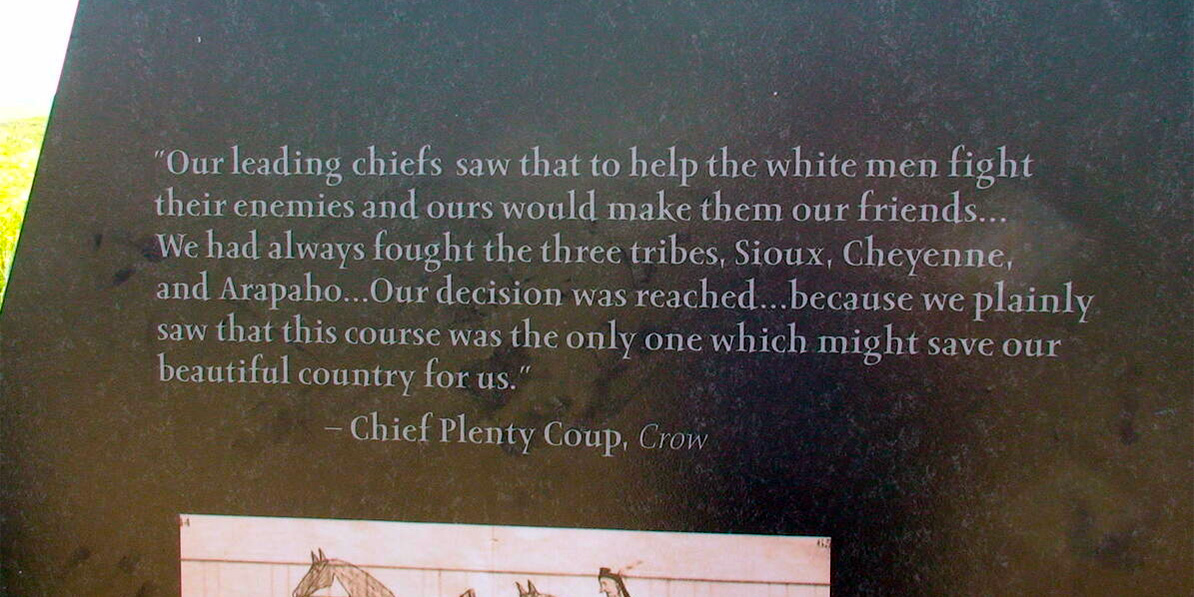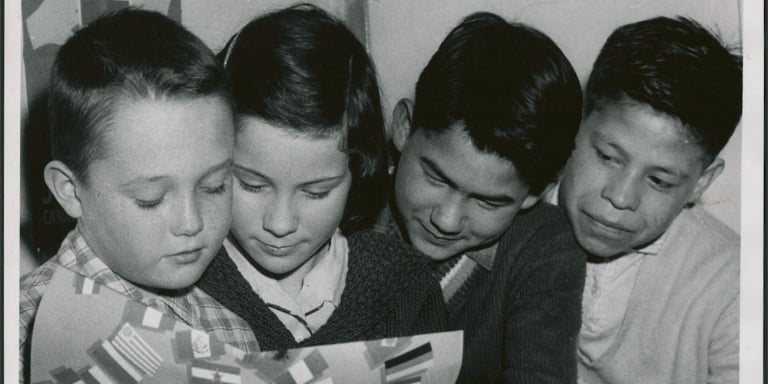Smudging to Indigenous Protocol - Our Top 10 Articles in 2017
In 2017, we had just over 816,000 visitors to our blog Working Effectively with Indigenous Peoples® looking for information on a wide variety of...

Here are some books and short reviews for you.
Waldram, J. B., Herring, A., & Young, T. K. (1995). Aboriginal health in Canada : historical, cultural, and epidemiological perspectives. Toronto; Buffalo: University of Toronto Press.
Waldram identifies arguments such as Diamond’s as a “virgin soil” theory understanding of disease epidemics after contact. In this argument, Indigenous communities suffered gradual or catastrophic demographic declines (Waldram points out that the degree of decline posited by European medical professionals has fluctuated over the years with political beliefs) as a result of newly introduced European diseases, from which they had no prior experience or exposure, and no immunological defence. Waldram proposes the current theory in disease epidemiology, the social-ecological theory of disease. This theory argues that demographic changes in Indigenous communities after contact were the result of complex, interrelated demographic, political, social, environmental and contextual factors. Other factors include increased violence and warfare, changes in the practice of culture, (such as being forced not to use familiar and practical healing practices), changes in political structure, and environment (for example, the depletion of wild game, which is a source for diet). Waldram specifically identifies the Virgin Soil theory as a theory that is regaining some of the momentum and credibility that it lost in the 1950s; Waldram warns academics and current medical professionals that they should not dismiss Virgin Soil theory as just an “Academic’s hornet’s nest”. Arguments such as Diamond’s are often accepted quickly because they make sense and fit within already established European understandings of disease and Aboriginal communities. These arguments in turn reinforce stereotypes of Aboriginal health, reaffirm European medical superiority, and ignore the moral and real culpability and responsibility of European medical professionals in making conscious, colonial decisions for Aboriginal people.
Kelm, M.-E. (1998). Colonizing bodies : aboriginal health and healing in British Columbia, 1900-50. Vancouver, BC: UBC Press.
Mary-Ellen Kelm’s “Colonizing bodies” examines the ways in which medical discourses have been used to justify colonial medical policies. From contact to the early 1900s, European and Canadian medical professionals and officials ignored the impact of European disease in Aboriginal communities; during this period, Aboriginal communities were characterized as “immunologically naïve”, or “racially careless”, and the eventual extinction of Aboriginal peoples was argued to be a very real (and for the people at the time, a “good”) possibility. Medical professionals loosely applied race-based theories of disease and the virgin soil theory to suit their biased and colonial understanding of Aboriginal health. In the 1930s, the Canadian government began to take more seriously disease in Aboriginal communities. At this period of time, white communities began to become located more closely to Aboriginal communities. At the same time that disease was reducing in White communities, it was exploding in Aboriginal communities. This led to the perception of the “threat of Indian tuberculosis” and other diseases. The Canadian Tuberculosis Association and white communities responded by placing pressure on the Canadian government to respond. Following Dr. David Stuart’s recommendations in his brochure “the Red Man and the White Plague” (1936), the Government of Canada began to implement the Indian Hospital model, which saw the displacement of Aboriginal peoples from their communities into racially segregated Indian Hospitals, where virulent diseases existed alongside people who had common medical needs (such as maternity).
Jones, D. S. (2003). Virgin Soils Revisited. The William and Mary Quarterly, 60(4), 703–742. doi:10.2307/3491697
David Jones examines the “Virgin Soil” theory, particularly in the context of Jared Diamond’s “Guns Germs and Steel”. Jones examines how the virgin soil theory has been used by medical professionals and recent criticisms of the theory. Jones’ general argument is for a more complete understanding of disease epidemiology from contact.
Blackhawk, N. (2008). Violence over the Land: Indians and Empires in the Early American West. Harvard University Press.
Ned Blackhawk examines how colonial violence perpetuated and exacerbated disease in North American Indigenous communities. He traces in particular the Spanish colonial policy and practice of scalp trade in its influence on creating inter-tribal economies that encouraged violence and warfare, thus setting the stage for Spanish, Russian and English cartographers and explorers in the West. Not incidentally, the increased inter-tribal violence (which was an extension of the violence used in Spanish colonial centres) led to greater disease transmission. For Blackhawk, it was the increase in violence, which was the result of intentional colonial policies, that set the stage for reduced immunological defence and greater disease incidence.
Blackhawk’s work is notable for the ways in which it examines how explicit colonial policies resulted in demographic changes in Indigenous communities, and how these impacts in turn reinforced colonial understandings of the West as an empty place that needed to be colonized.
Swanky, T. (2012). The true story of Canada’s “war” of extermination on the Pacific plus the Tsilhqot’in and other First Nations resistance. [British Columbia, Canada]: Dragon Heart Enterprises.
More recently, Tom Swanky (2012) has argued in line with Blackhawk but more explicitly that colonial policies directly intended to increase disease transference and severity in First Nations communities. Swanky analyzes the historical record for evidence of overt colonial policies in Victoria, BC that exacerbated the transmission of smallpox on Vancouver Island and along the west coast. Jon Lutz, a historian at the University of Victoria tentatively “praised” Swanky’s work. As a non-academic, Swanky’s work is currently under scrutiny. I have not personally read this book.
On the subject of guns and steel, there has been work that suggests that in addition to technological advancements, the success of these advancements is also the result of the ways that weapons are used in specific ways against specific peoples.
Clendinnen, Inga. “Fierce and Unnatural Cruelty: Cortés and the Conquest of Mexico,” Representations 33 (1991), 65-100.
Clendinnen examines how tactical strategies and understanding of warfare differed between Spanish conquerors and Aztec states. In particular, Clendinnen looks at how the political structure of Aztec city-states prevented a concerted response to the very few Spanish conquerors. Moreover, Clendinnen looks at how Aztec warfare practices put warriors at risk; a common practice was for the city-state’s most decorated warrior to go into battle with ornamental armour and a club, expecting a one-on-one confrontation. Aztec understandings of death, warfare, and honour influenced the culture of warfare. It was not simply steel, but also strategy and ideas about warfare. For more on this within a different subject area, the authors Miller, Van Evera and Lyn-Jones “Military Strategy and the Origins of the First World War” examine how this “miscommunication” between military strategy and thinking of two opposing groups influences whether the technology (guns or steel) will be an advantage or disadvantage."

In 2017, we had just over 816,000 visitors to our blog Working Effectively with Indigenous Peoples® looking for information on a wide variety of...

A few years ago, while on a driving vacation in the United States, my travel companion and I had an opportunity to visit the Little Bighorn National...

The term “Sixties Scoop” refers to the period from 1961 through to the 1980s that saw an astounding number of Indigenous babies and children...